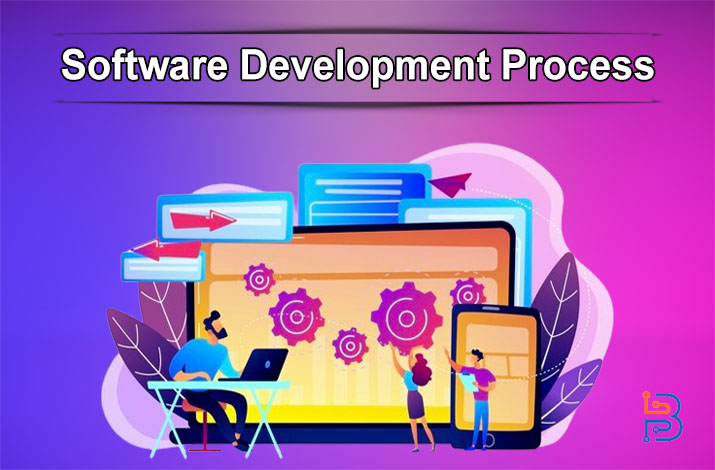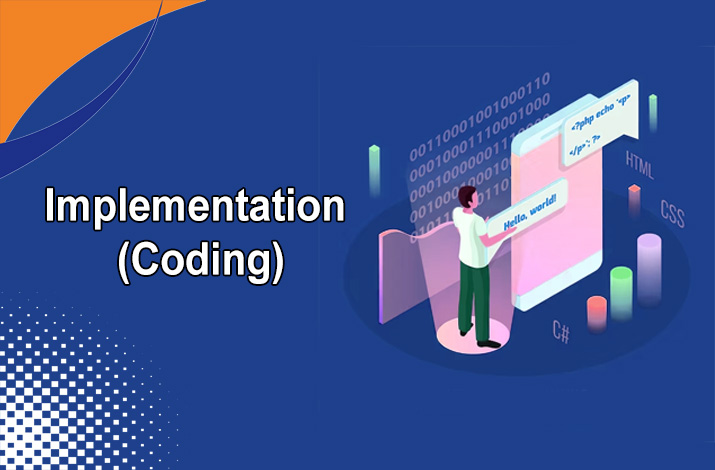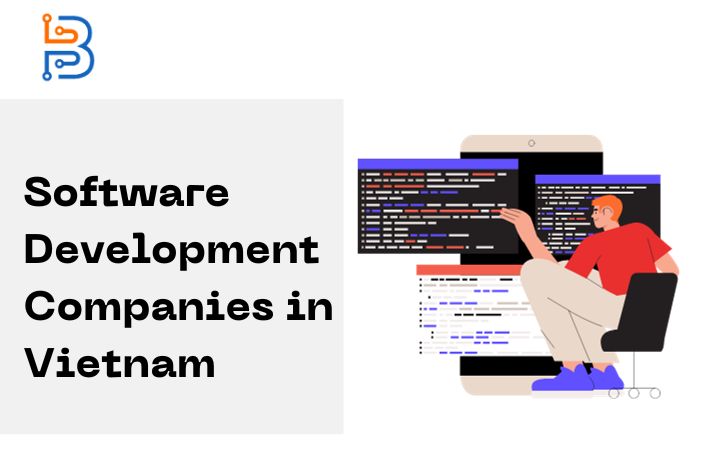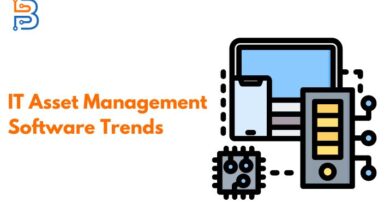Navigating the Stages of the Software Development Process

Software development is a dynamic and intricate process that involves a series of well-defined stages, each playing a crucial role in bringing a concept to life. Whether you’re a seasoned developer or someone new to the field, understanding the stages of the software development process is essential for successful project execution. In this article, we’ll explore the key phases that make up the software development life cycle (SDLC) and delve into the importance of each stage.
Software Development Company – An intro
A software development company is a specialized organization dedicated to creating, designing, and maintaining software applications tailored to meet the unique needs of businesses or end-users. These companies play a pivotal role in the technology ecosystem, providing expertise in various programming languages, development frameworks, and cutting-edge technologies.
Key functions of a software development company include thorough analysis of client requirements, strategic planning, efficient coding, rigorous testing, and seamless deployment. The development process is often guided by industry best practices and methodologies such as Agile or Scrum, ensuring a systematic and collaborative approach to project execution.
Stages of the Software Development Process
In addition to creating bespoke software solutions, these companies may offer services like system integration, software consulting, and ongoing maintenance and support. With a diverse team of skilled professionals, including software engineers, designers, project managers, and quality assurance experts, a software development company combines technical expertise with creative problem-solving to deliver robust and scalable solutions.
As technology continues to evolve, software development companies are at the forefront of innovation, leveraging emerging trends such as artificial intelligence, blockchain, and cloud computing to create solutions that drive efficiency, enhance user experiences, and contribute to the digital transformation of businesses across various industries.
Requirements Gathering
The software development journey begins with gathering requirements. This stage involves extensive communication between stakeholders, including clients, end-users, and development teams. The goal is to define the project scope and identify functional and non-functional requirements. And establish a clear understanding of the software’s purpose and features. Successful requirements gathering lays the foundation for the entire development process, ensuring that all stakeholders are aligned on project goals.
Planning
Once the requirements are gathered, the development team moves into the planning phase. This involves creating a comprehensive project plan that outlines timelines, resource allocation, and task dependencies. Project managers play a vital role in this stage, developing a roadmap that guides the team throughout the software development life cycle. Effective planning minimizes risks, sets realistic expectations, and provides a clear path for the development team to follow.
Design
In the design phase, developers create the architectural blueprint of the software based on the gathered requirements. This involves defining the system architecture, database design, and overall software structure. User interface (UI) and user experience (UX) designers contribute to this stage by creating wireframes and prototypes. Ensuring that the software meets both functional and aesthetic requirements. A well-thought-out design phase sets the stage for efficient development and enhances the overall quality of the final product.
Implementation (Coding)
The implementation stage, often referred to as coding, is where the actual development of the software takes place. Developers write code according to the specifications outlined in the design phase. This stage requires a deep understanding of programming languages, coding standards, and best practices. Collaboration within the development team is crucial to ensure consistency and coherence in the codebase. Regular code reviews and testing during this phase help identify and rectify issues early in the process.

Testing
Quality assurance is a critical aspect of software development, and the testing phase is dedicated to identifying and fixing bugs and issues. Testing involves various levels, including unit testing, integration testing, and system testing. Testers evaluate the software against the defined requirements, ensuring that it functions as intended and meets user expectations. Thorough testing enhances the reliability and performance of the software, reducing the likelihood of post-deployment issues.
Deployment
Once the software passes testing and receives approval, it is ready for deployment. Depending on the project, deployment can be done in stages or all at once. Continuous monitoring during this phase helps identify and address any unforeseen issues quickly. A successful deployment marks the transition from development to production, making the software available for its intended audience.
Maintenance and Support
The software development process doesn’t end with deployment. The maintenance and support phase involves addressing issues that arise after the software is live. This includes fixing bugs, implementing updates, and providing ongoing support to users. Monitoring user feedback and system performance is crucial during this stage. As it informs future enhancements and ensures the software remains relevant and efficient over time.
Conclusion:
The software development process is a multifaceted journey that encompasses several stages, each with its unique challenges and goals. Understanding and navigating these stages effectively is essential for delivering high-quality software that meets user expectations. By investing time and effort into requirements gathering, planning, design, implementation, testing, deployment, and maintenance. Development teams can ensure the success of their projects and contribute to the advancement of the software development field as a whole.






